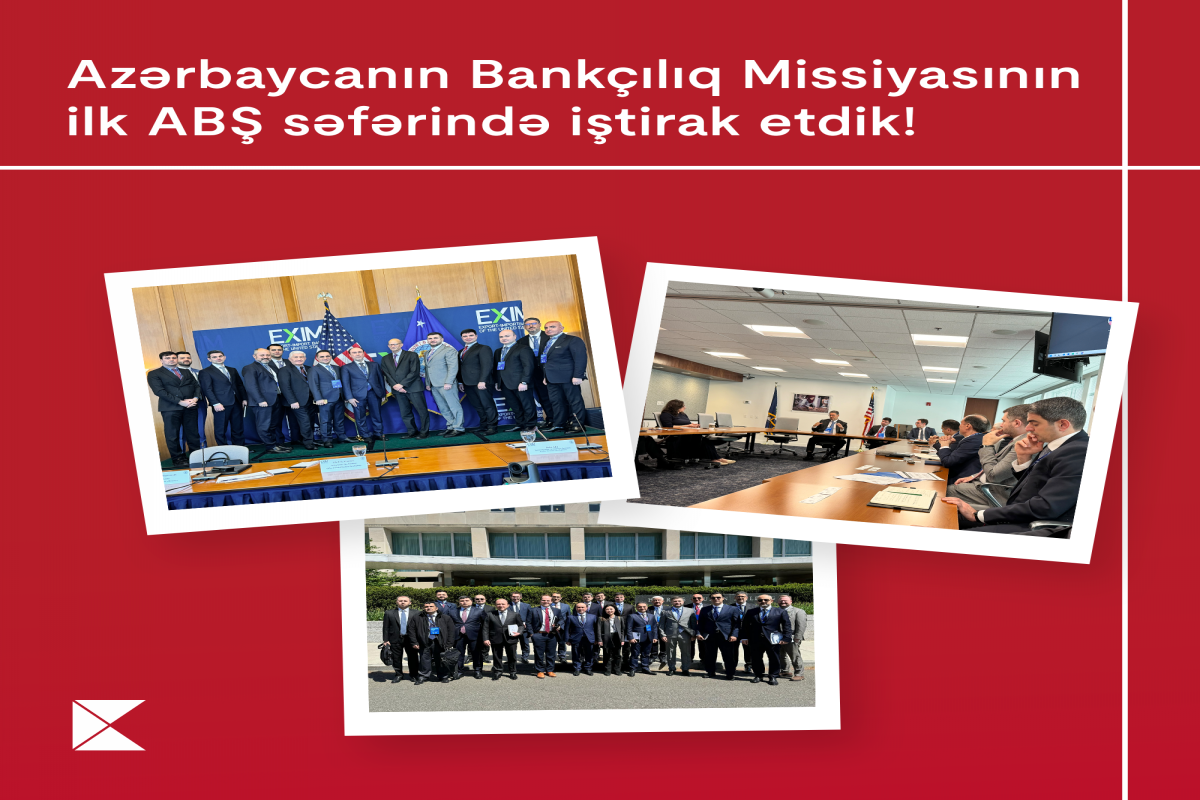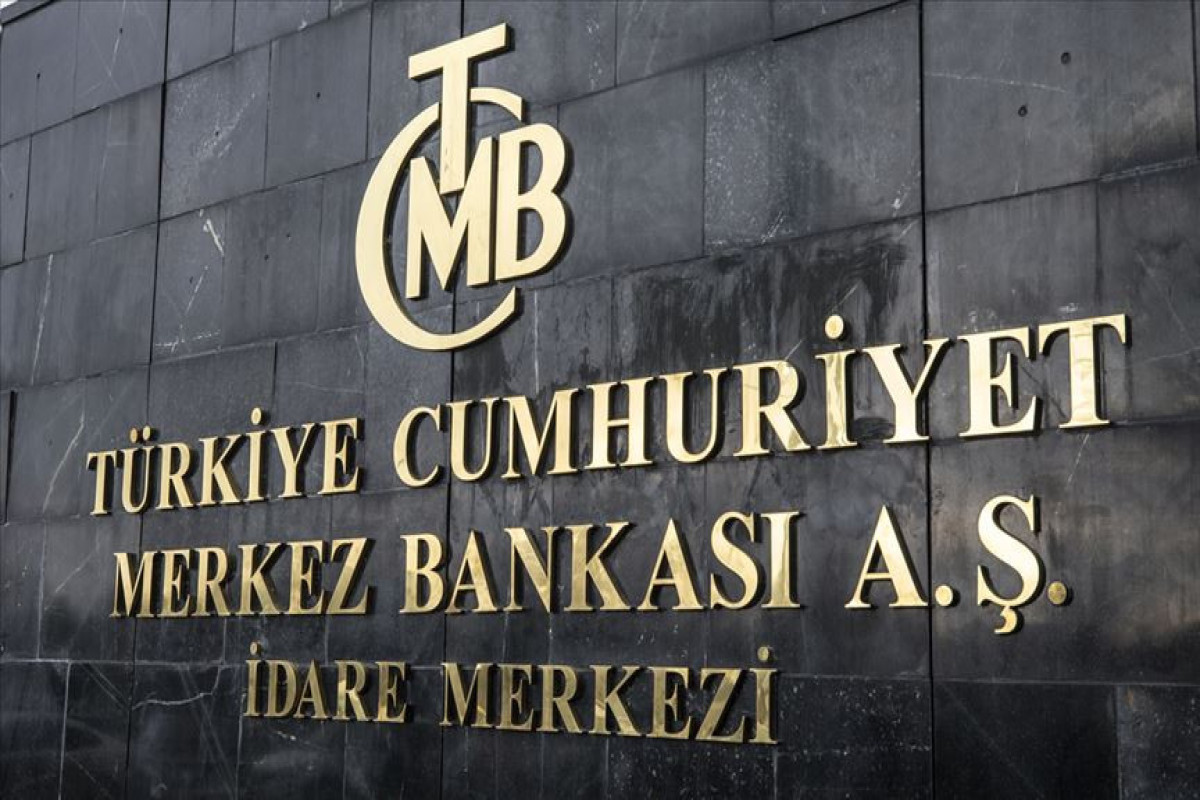The U.S. Federal Reserve over the course of its 105-year history has changed monetary policy in reaction to property crashes, war, financial bubbles and policymakers’ gut instincts about where the economy was heading, APA reports citing Reuters.
But the U.S. central bank is now laying the groundwork for its first policy shift triggered by tweets, as Fed officials grapple with how the ground shifted on May 30 when U.S. President Donald Trump threatened on Twitter to impose new import tariffs on Mexico if it did not agree to curb the flow of migrants across the U.S.-Mexico border.
The U.S. economy did not change much in the days that followed. But Trump’s statements spooked financial markets so decisively, and the threats to the global economy became so palpable, that an interest rate cut of at least 25 basis points has been baked in for the Fed’s July 30-31 policy meeting, a message Fed Chairman Jerome Powell is expected to reinforce when he testifies before a congressional committee on Wednesday.
“The Fed has never disappointed a market with such strong expectations of action,” Joseph Lavorgna, chief economist for the Americas at Natixis, wrote in a recent analysis.
With investors in contracts linked to the Fed’s targeted overnight lending rate putting the probability of a rate reduction at close to 100 percent, “it would be unprecedented for the Fed to not cut,” Lavorgna wrote.
Powell is scheduled to appear before the U.S. House of Representatives Financial Services Committee at 10 a.m. EDT (1400 GMT) as part of his semi-annual monetary policy testimony to Congress.
Four hours later, the Fed is due to release the minutes from its last policy meeting, when officials edged toward a rate cut as early as this month.
The minutes should show the extent to which the thinking at the central bank shifted in the days following Trump’s Mexico tariff threat, and how the discussion was shaped by other concerns including weak inflation.
Powell will return to Congress on Thursday to testify before the Senate Banking Committee.
Though U.S. economic growth remains largely on track and the jobs report for June showed continued strong hiring, the events of May changed U.S. trade policy from something of a sideshow in the Fed’s view to a central concern.
Earlier rounds of U.S. tariffs on trading partners including China had been dismissed as of little macroeconomic importance, with the Fed in early May still anticipating its policy rate would remain unchanged in a range of 2.25% to 2.50% for the rest of the year.
By contrast, the higher tariffs announced against China in early May, a rising sense the world’s two largest economies might not be able to make a deal, and the tariff threat against Mexico all added to the growing feeling that protectionism and higher tariffs were here to stay - at some cost to investment and growth.






